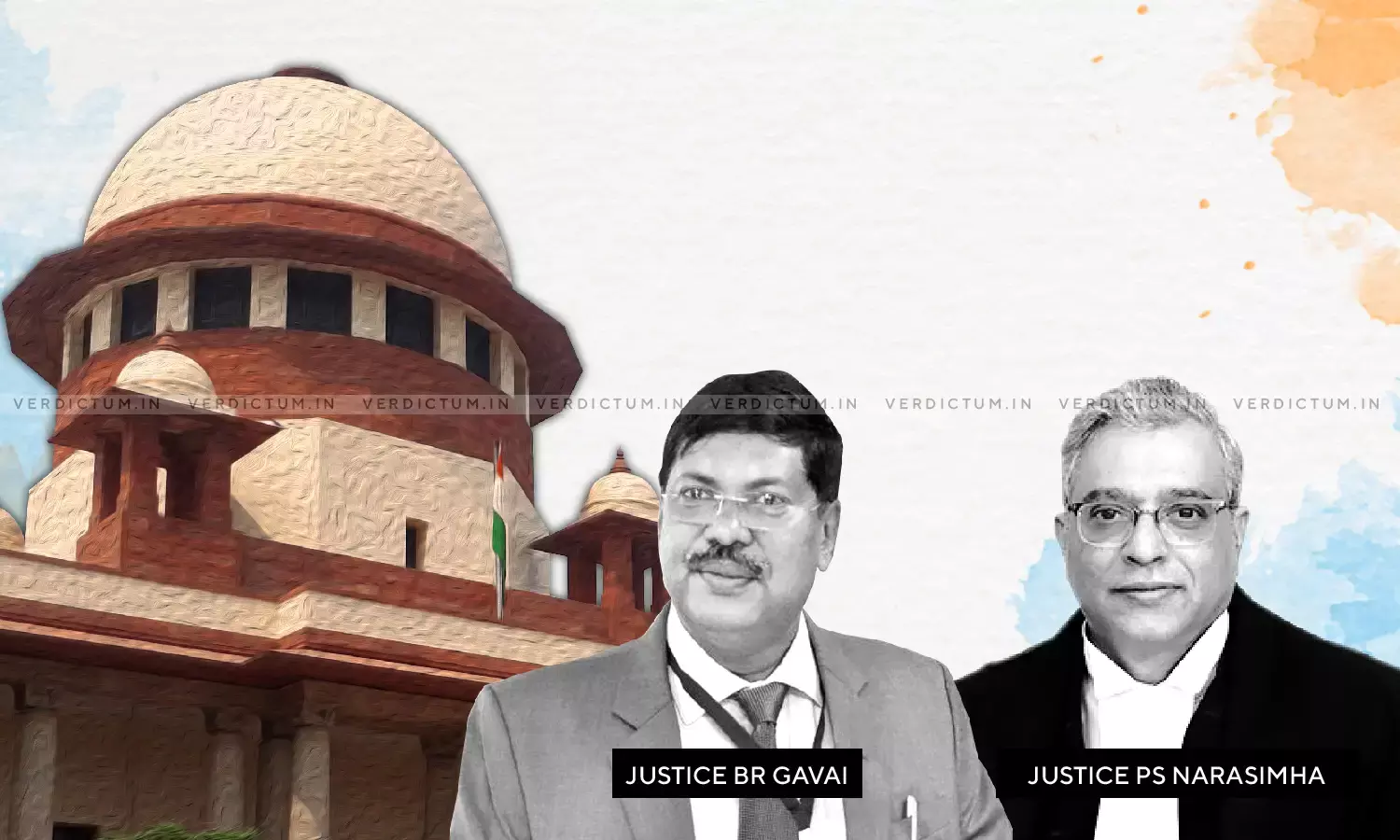Lapses In Conducting Test Identification Parade: Supreme Court Acquits ABVP Workers In 2020 Violent Protest Case

The Supreme Court has acquitted all the convicts in a case arising out of violence during the protest by the Akhil Bharatiya Vidyarthi Parishad (ABVP) and other affiliated organisations in the year 2020 in Kerala against the state's decision to de-link pre-degree course from the colleges and to start plus-two course at the School level.
The Supreme Court has held in its Judgment that undue delay in conducting a Test Identification Parade (TIP) has a serious bearing on the credibility of the identification process. The Court further held that it is imperative to hold the TIP at the earliest.
The bench of Justice BR Gavai and Justice PS Narasimha held thus "Undue delay in conducting a TIP has a serious bearing on the credibility of the identification process. Though there is no fixed timeline within which the TIP must be conducted and the consequence of the delay would depend upon the facts and circumstances of the case, it is imperative to hold the TIP at the earliest."
The bench also observed that it's important for both investigating agency and for the accused and a fortiori for the proper administration of justice that a TIP is held without avoidable and unreasonable delay after the arrest of the accused. It further added that it is necessary to eliminate the possibility of the accused being shown to the witnesses before the test identification parade.
The Court noted that if the witnesses had the opportunity to see the accused before the TIP, be it in any form, i.e., physically, through photographs or via media (newspapers, television etc…), the evidence of the TIP is not admissible as a valid piece of evidence.
While explaining the manner of conducting a TIP, the Court observed that "It is significant to maintain a healthy ratio between suspects and nonsuspects during a TIP. If rules to that effect are provided in Prison Manuals or if an appropriate authority has issued guidelines regarding the ratio to be maintained, then such rules/guidelines shall be followed. The officer conducting the TIP is under a compelling obligation to mandatorily maintain the prescribed ratio. While conducting a TIP, it is a sinequanon that the nonsuspects should be of the same agegroup and should also have similar physical features (size, weight, color, beard, scars, marks, bodily injuries etc.) to that of the suspects."
The Court made these observations while dealing with appeals challenging the judgment of the Kerala High Court upholding the conviction of accused persons under Sections 143, 147, 148 of the Indian Penal Code, 1860, and Sections 3(2)(e) of Prevention of Damages to Public Property Act, 1984, read with Section 149 of the IPC. A sentence of four years of rigorous imprisonment and a fine of Rs. 10,000, as imposed by the Trial Court, was also upheld by the High Court.
Advocate Harshad V. Hameed appeared for the State and Senior Advocates Sonia Mathur and Vinay Navare appeared for the accused persons.
The facts of the present case can be traced back to the year 2000 when the State of Kerala decided to delink pre-degree courses from colleges and start plustwo courses at the school level. There were protests against the implementation of the said policy. During one of the protests, it is alleged that the police officials were harsh, and several protesters, including girl students, were injured. To avenge the police atrocity, it is alleged that accused persons had hatched a conspiracy to launch a protest the next day to create fear and terror in the city.
In furtherance of the alleged conspiracy, about 1500 protestors armed with weapons proceeded towards the Government Secretariat. When the group was met with resistance from the police force, they became violent and caused damage to as many as 81 buses belonging to the Kerala State Road Transport Corporation.
When the KSRTC workers repelled them, the protestors turned even more violent, leading to the death of a bus conductor with KSRTC.
Before the Supreme Court, the three major contentions raised by the accused-Appellants were (i) the credibility of the eye-witnesses who participated in the TIP to identify the accused; (ii) delay in conducting the TIP; and (iii) legality of the TIP and the presence of the IO during the conduct of the TIP.
The Court observed that if identification in the TIP has taken place after the accused is shown to the witnesses, then not only is the evidence of TIP inadmissible, even an identification in a court during trial is meaningless.
The Court noted, "Having considered the evidence of crucial eyewitnesses and the material indicating the conduct of the TIP, we are of the opinion that the witnesses had the opportunity of seeing the accused before the conduct of the TIP."
The Court also noted that the conduct of the TIP, coupled with the hovering presence of the police during the conduct of the TIP vitiated the entire process.
"The Trial Court as well as the High Court have committed a serious error in relying on the evidence of the TIP witnesses for convicting and sentencing the Appellants. We are of the opinion that the conviction and sentencing are not sustainable.", the Court held.
Accordingly, the Court set aside the conviction and sentence of the Appellants-accused.
Cause Title- Gireesan Nair & Ors. Etc v. State of Kerala
Click here to read/download the Judgment

